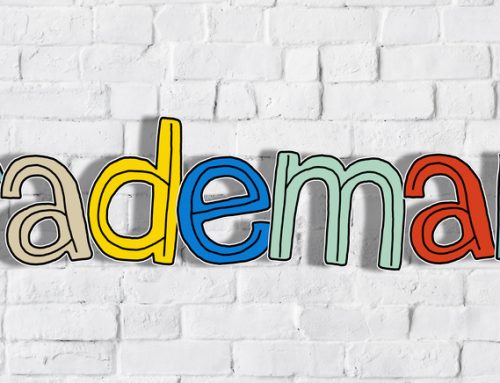When it comes to obtaining a trademark registration from the United States Patent and Trademark Office (USPTO), there are certain rules and regulations that must be followed that are best to discuss with an experienced trademark attorney. One of these rules is known as the “blackout period,” which is a specific time frame during which an applicant is not permitted to file an amendment to allege use or a statement of use.
Under 37 C.F.R. §2.76(a)(1), the USPTO will not review an amendment to allege use that is filed after the date that the application is approved for publication by the examining attorney. Similarly, under 37 C.F.R. §2.88(a)(1), the USPTO will not review a statement of use that is filed before the date of issuance of the notice of allowance. These two rules combine to create the blackout period, which is a time when neither an amendment to allege use nor a statement of use may be filed.
If an applicant attempts to file an amendment to allege use or statement of use during the blackout period using the Trademark Electronic Application System (TEAS), they will receive an error message indicating that the application is in the blackout period and advising them to wait until the status of the application changes to “notice of allowance issued” before filing the form. The applicant can monitor the status of the application on the Trademark Status and Document Retrieval (TSDR) database on the USPTO website at https://tsdr.uspto.gov/.
If an applicant submits a permitted paper-filed amendment to allege use during the blackout period, the USPTO will notify the applicant that the amendment is untimely and will not be reviewed, and any filing fee will be refunded.
Intent-to-use applicants who filed under 15 U.S.C. §1051(b) are encouraged to check the TSDR database before filing an amendment to allege use to ensure that the blackout period is not in effect.
In summary, it is important for applicants to be aware of the blackout period and to follow the rules and regulations set forth by the USPTO in order to avoid any delays or issues in the trademark registration process.







